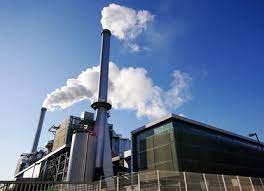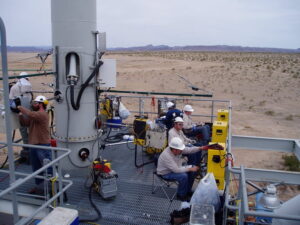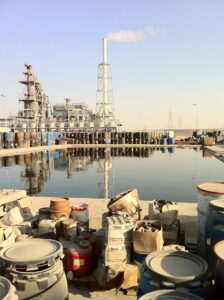
What are Comprehensive Performance Tests (CPTs)?
May 3, 2021
Simply put, CPTs (formerly known as trial burns) are a way to challenge unit operations and measure emissions the unit(s) are releasing into the air. They can range from $50,000 to over $500,000 so it’s important to understand what goes into these tests and how they can help you save money and increase operational flexibility, all while staying compliant.
Hazardous Waste Burning Sources
There are certain units that require CPTs. Typically, those include incinerators, boilers, acid production furnaces, cement kilns, and light weight aggregate kilns.

Planning for Your CPT
To begin planning for your unit’s CPT, you’ll need to get started at least one year in advance, per Environmental Protection Agency (EPA) submission requirements. You’ll want to meet with experts to discuss your goals at least 3 months before submission. Montrose environmental experts will determine proper operational engineering requirements to complete this project successfully.
We also determine the sampling/analysis methods, spiking activities (if required), data quality indicators, and the specific QA/QC requirements for our methods. This all takes preparation and collaboration.
Chemical Spiking
In some cases, chemical spiking may be required to augment the waste feed input of certain parameters to raise input mass rates. This provides operational feed rate flexibility. Montrose provides these chemical spiking services that, included with our sampling and analysis services, offers a turnkey approach. We use diligent and calculated considerations – like compound compatibility, waste feed line pressures, and lower turndown rates – for the spiked compound form and rates entering the feed lines.
As we raise the input mass rates through spiking, plants can then reach permitted operational flexibility for their feed materials.


Collecting Samples
We collect three different samples from your unit:
- Gas-Phase Organics: volatile principal organic hazardous constituents (POHC), semi-volatile POHC, aldehyde/ketones, polychlorinated dibenzodioxins, dibenzofurans, and others
- Gas-Phase Inorganics: metals, acid gases, halogens, particulate matter, and others
- Feed Materials and Residuals: composition of waste feeds, spiking materials, scrubber liquors, ashes, and others
Analyzing Samples
At Montrose, we work with accredited labs at the state and federal level to ensure quality and quick turnaround, including our own Enthalpy Analytical Laboratories (EAL). We request preliminary summaries to get a head start on data calculations. Lab couriers travel to your plant-site to pick up samples and get things moving quickly without potential hazardous materials delays. We provide the required 90-day reporting deadline, with preliminary results delivered within a month. We also deliver a spiking report within two weeks.
Along with a timely turnaround, we provide data uncovered from our preliminary results including calculations of destruction removal efficiency (DRE), concentrations, emission rates, and other mass rates. This data gives you the insights needed to make the right decisions for your operation.
Where Your Money is Going
The amount you can expect to spend on a CPT depends on several factors:
- Number of test conditions
- Number of parameters
- Types of parameters
- Decisions about expanding operational flexibility
- And more
These tests need to be done every 5 years, with a dioxin/furan confirmatory test every 31 months. This can be a costly endeavor, but it pays off in the long run by improving the sustainability of your operation.
Our professional experts and technicians are ready to get the ball rolling on your next CPT. Start a conversation today.

